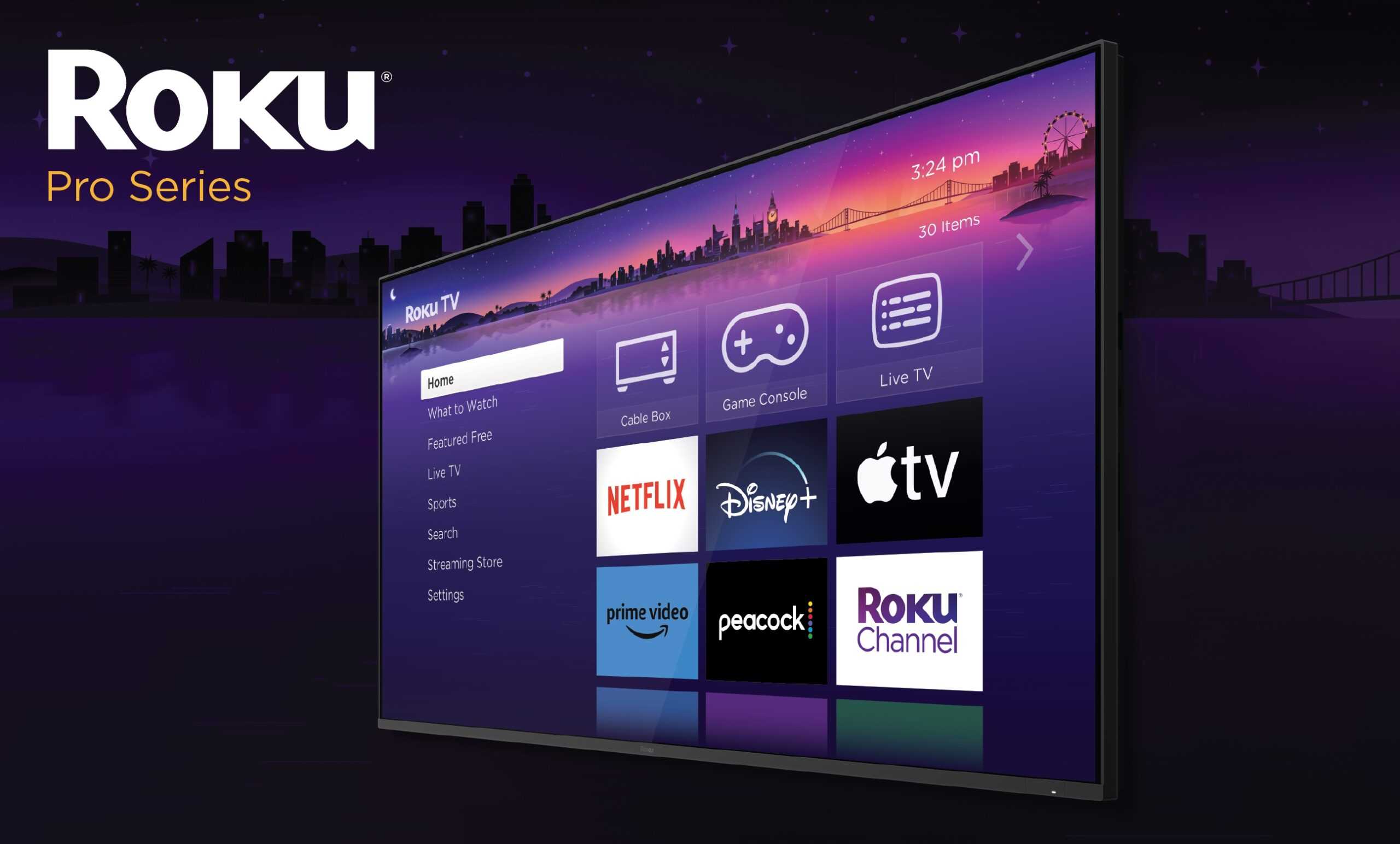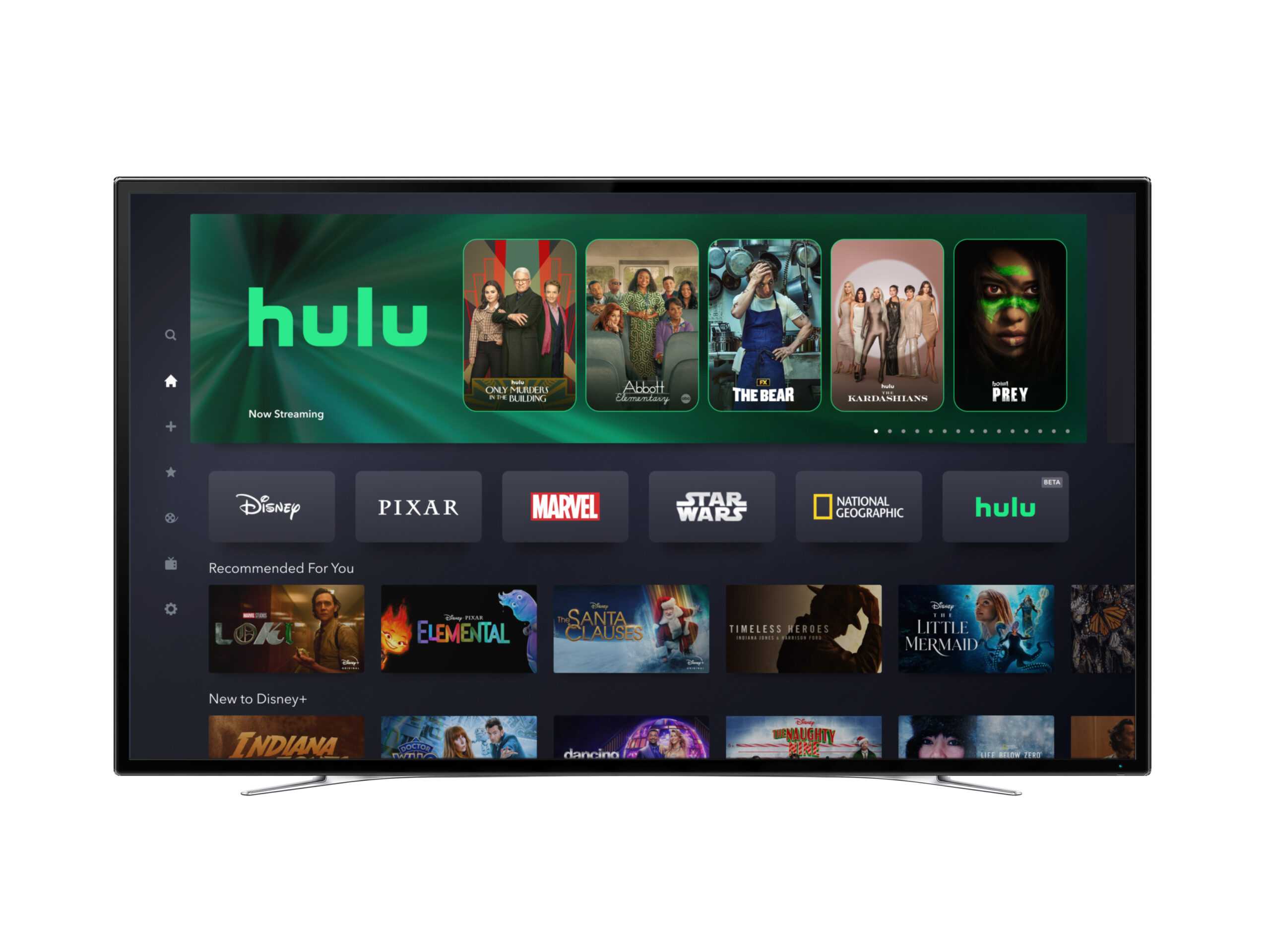In the wake of Disney+ announcing a new, lower priced, ad-supported tier for their streaming service, Netflix responded by saying there were no plans currently for an ad-supported tier but “never say never.” The comment stands in sharp contrast to Netflix’s previous dismissals of advertising as part of its future plans.
The revised position appears to be in response to a need for continued revenue growth in the face of more aggressive competition in the streaming space. Netflix acquired fewer North American subscribers in 2021 than in 2020 overall, though its revenues for the region increased. The global streaming giant raised its price in the US in early 2022, pushing its premium offering to $19.99. It does have a basic plan for $9.99 which supports one screen and does not include any high-definition content. An ad-supported tier could entice new subscribers with greater price sensitivity or give another option to current subscribers considering leaving due to the increased cost of the service. Netflix ended 2021 with over 221 million subscribers but forecast just 2.5 million additional subscribers for Q1 2022 (vs. 4 million a year earlier).
Interpret’s VideoWatch data shows that 48% of Netflix subscribers watch ad-supported content from other streaming providers. This is in line with all streaming subscribers, but much lower than Hulu subscribers (58% of whom watch ad-supported services). Hulu offers both ad-free and ad-supported tiers to its streaming platform, with more opting for the ad-supported tier than subscribe to the premium ad-free one. Further, VideoWatch reveals that 10% of streaming subscribers that are not subscribing to Netflix only subscribe to ad-supported content providers.
Introducing an ad-supported tier may give Netflix access to these potential subscribers that would not otherwise consider Netflix as a streaming option, and could give its subscriber numbers a significant boost. Many current subscribers would also likely switch to the ad-supported tier. While this would decrease their revenue from subscriptions (though not as much as churned subscribers that cancel their subscriptions would), it would also serve to build their reachable subscriber base for advertising, making it more attractive for brands to advertise on the streamer. Netflix is no doubt considering all options, as CNBC reports that its business has now lost all gains it enjoyed during the pandemic.
For now, however, ad-supported is not in the plans for Netflix. Instead, it is opting to position itself as a premium provider, offering ad-free content and other added value products and services. Recently, it has been delving into mobile games and acquiring mobile game studios to create exclusive games under the Netflix Games umbrella that are free for subscribers and feature no extra fees or in-app purchases.
The approach seems to be working for the global streaming leader. Netflix has established itself as a creator of premium content, dominating awards season with the Emmys for television and Academy Awards for feature films. Netflix recently swept the Annie Awards for animation, with Arcane taking top honors for animated series, and The Mitchells vs. the Machines overtaking Disney’s Encanto in the animated feature category. The move into premium mobile games fits well with that strategy, as the narrative storytelling of film and the interactive nature of games continue to blend together.







